Frysk
Member
Hello all,
Bought this yesterday, i like to share.
Spoon didn’t came with the box, i added it myself (Believing it to be correct)
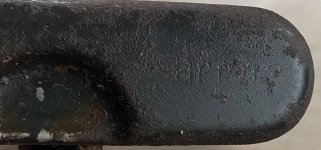
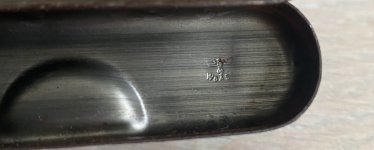
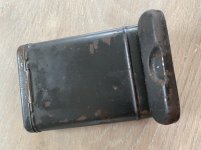
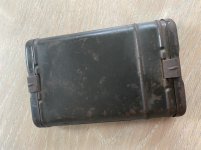
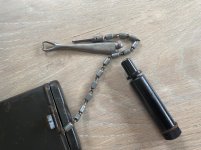
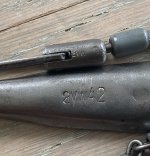
All arr cans collected so far are waa57 and in the same dark green paint.
Did waa57 also come in the grey and yellow paint or did each waa have it’s own(different) paint?
Also, is it common for arr4(4) kits to have the spoon missing? And what spoon would be correct to add?
Would like to hear from you,
Kind regards,
J
Bought this yesterday, i like to share.
Spoon didn’t came with the box, i added it myself (Believing it to be correct)






All arr cans collected so far are waa57 and in the same dark green paint.
Did waa57 also come in the grey and yellow paint or did each waa have it’s own(different) paint?
Also, is it common for arr4(4) kits to have the spoon missing? And what spoon would be correct to add?
Would like to hear from you,
Kind regards,
J




